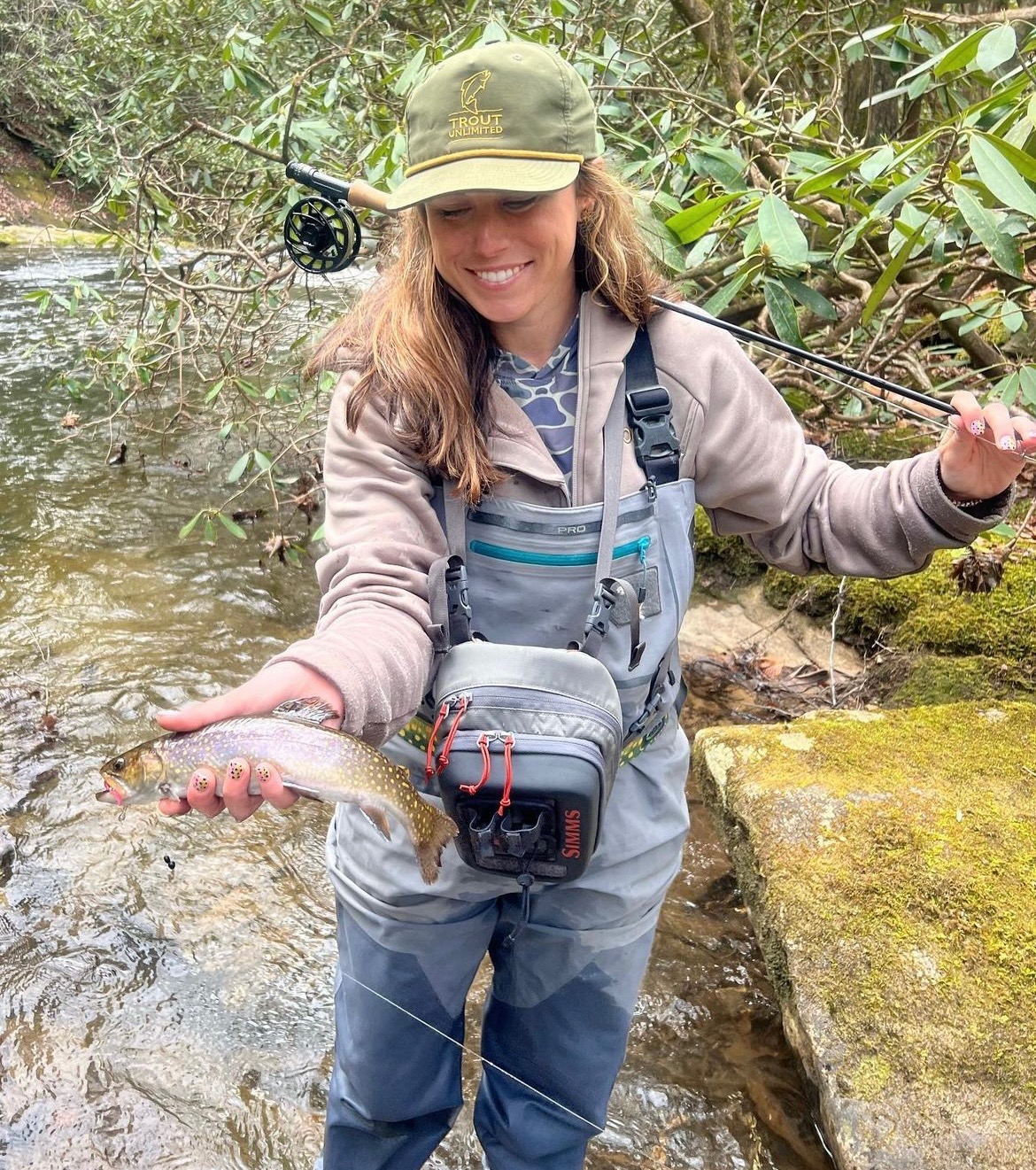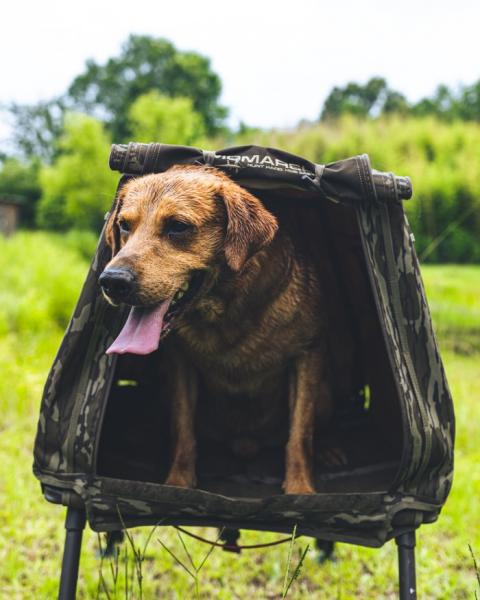By Sam White
I quickly learned that pursuing wily wild brook trout in the small streams of New York’s Catskills Mountains required significantly more stealth than I was previously accustomed to using on the larger waters. The combination of very small streams—most were less than a flyrod’s length across—and the super-spooky nature of these wild fish meant this was more akin to hunting than angling. I slowly crept up to a likely looking spot where cold water cascaded down a series of runs into a larger pool the size of a living-room table. Taking care not to disturb the water with my boots, and keeping my shadow and outline hidden by the surrounding brush, I carefully made a cast. The dry fly plunked down in the pool and was carried toward the edge by the moving water. In a flash, it was inhaled by a spunky little trout, who then proceeded to make an amazing series of dashes and jumps in the clear spring light. While not a trophy by any means, it was one of those remarkable catches that I will remember for a lifetime. And it also sparked an interest in the conservation of these and other remarkable freshwater fish.
Trout Unlimited is the nation’s premier conservation organization for coldwater trout species. It was founded in 1959 by a group of 16 concerned anglers, who had gathered at the home of George Griffin in Grayling, Michigan, not far from the banks of the Au Sable River. These anglers were concerned about their state’s practice of stocking its waters with what the fishermen considered to be cookie-cutter-sized hatchery fish. They believed—and rightfully so—that the state’s prolific waters could turn out a far superior class of trout, if properly managed. With the mission of ensuring healthy, thriving stocks of wild and native trout populations, Trout Unlimited was formed.
From the start, the organization was guided by the founding principle that if anglers will take care of the fish, then the fishing will take care of itself. And it’s also grounded in science, according to the organization’s first president, Dr. Casey E. Westell Jr. “In all matters of trout management, we want to know that we are substantially correct, both morally and biologically,” he said in an early statement.

In the early 1960s, Trout Unlimited prepared its first policy statement on wild trout and persuaded the Michigan Department of Natural Resources to curtail trout stocking and begin managing for wild trout and healthy habitat. On the heels of that success, anglers quickly founded TU chapters in Illinois, Wisconsin, New York, and Pennsylvania. Since those early years, the group has amassed a very strong track record of conservation achievements while also working at multiple levels, from grassroots angler engagement to government leadership at the local, state and national levels; as they say, “from the landowner on the stream bank to the state fisheries agency to the halls of Congress.”
By engaging with anglers locally through a series of regional chapters, TU adapts an inclusive and highly collaborative approach to their conservation efforts, where they can build on durable and long-lasting partnerships to achieve their management goals. They seek to implement four key strategies: protecting intact habitat, often in the headwaters of watersheds on public lands; reconnecting fish habitat that might be fragmented from several means; restoring degraded habitat and at-risk native trout and salmon populations; and sustaining those gains and public support by building an active community of angler-advocates.
It's also been said that wild trout don’t live in ugly places, and I can certainly attest to that one. From the Catskills and Adirondacks of New York to the wild western waters of Montana, Idaho and Wyoming all the way to the storied west coast states of Oregon, Washington and California, there are hundreds of millions of acres of public land that produce some of the best remaining habitat for fish and wildlife, and are incidentally some of the most scenic landscapes on the planet. Notably, public lands support numerous sustainable forms of outdoor recreation—including fishing and hunting—along with a truly massive outdoor recreation economy which now contributes far more jobs and annual economic activity than timber harvest, grazing, mineral extraction or energy development.
Trout Unlimited continues to work with their numerous conservation partners, local grassroots, resource agencies, and elected officials across all levels of politics to identify the most at-risk fish and game habitat on public lands and to conserve these special places through a mix of policy, legislative, administrative and volunteer-based initiatives. This is all with the hope that generations of future anglers will be able to experience the incredible feeling of a wild native trout rising to a well-presented dry fly.






























